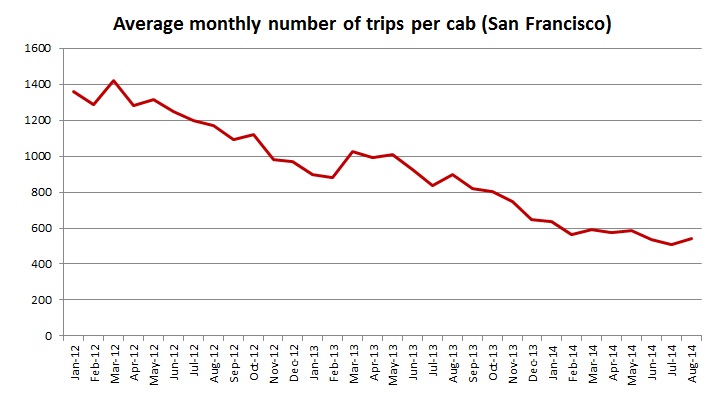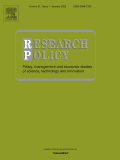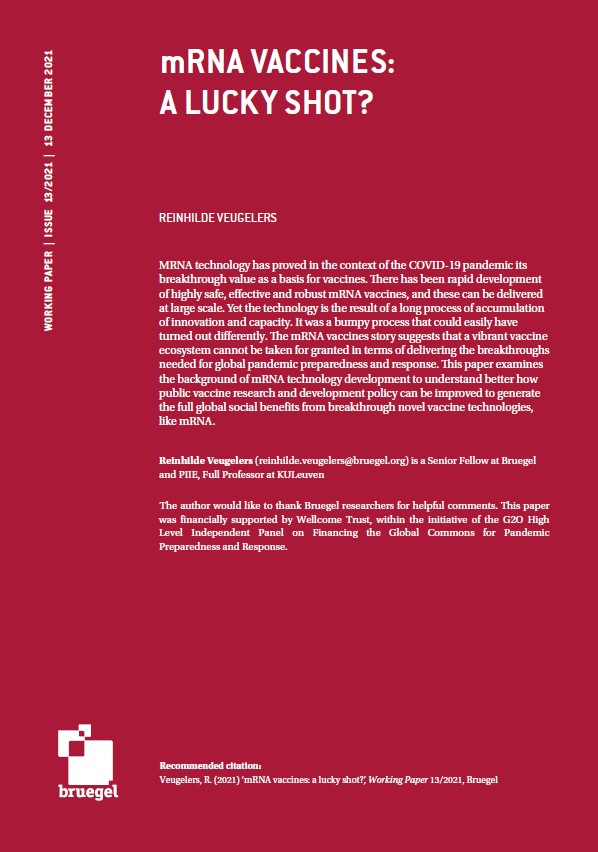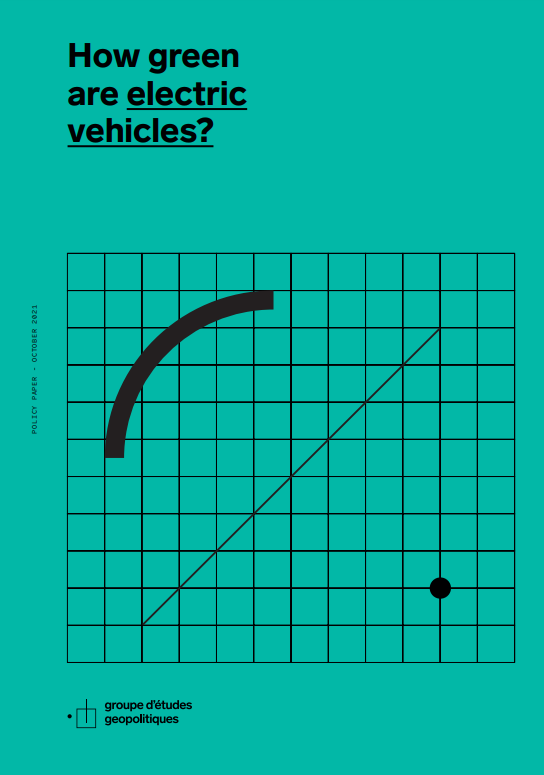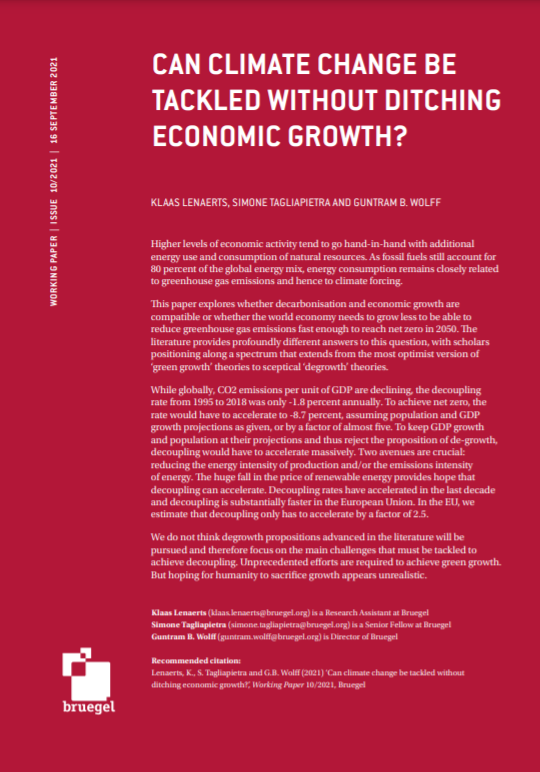Blog Post
The economics of Uber
Uber, the innovative ridesharing service, has recently generated a lot of anger from the taxi industry because it enabled market entry for many private drivers. In this fight taxis are indeed disadvantaged by strict industry regulation and need for licenses. Dealing with this issue is a major task for regulators. Another challenge for regulators is to create efficient regulation that takes into account the features of “sharing” economy.
Uber, a San Francisco company founded in 2009, is currently one of the fastest growing startups worldwide. In 2014 its estimated valuation reached 17 billion USD, up from 3.5 billion USD a year earlier. The idea behind Uber is simple. Potential passengers can download a smartphone app that allows them to request the nearest available Uber car. But unlike a traditional taxi company, Uber does not operate its own cars. Instead it signs up private drivers willing to provide rides to paying passengers and passes the ride requests directly to them. Effectively Uber works as a matching platform for passengers and drivers and makes money by taking a 10-20% cut from each ride. The drivers can work in their leisure time and have to maintain a good rating, which is given by passengers after each trip.
Uber was welcomed by the urban population and widely acclaimed for low prices, short waiting times, and good service, as reflected by its rapid growth. However, despite its popularity Uber faces numerous legal challenges across the world. It was recently banned in Berlin, Hamburg and eventually across all of Germany following a court decision in Frankfurt. The Brussels court banned Uber while threatening a 10,000 Euro fine for a single ride. In Seattle, New York, London, Seoul and Toronto, the company was also threatened with litigation. In some places, including Germany, the bans were lifted, but the uncertainty about Uber’s future remains.
Most of these charges were brought against Uber by the taxi industry on the grounds of non-compliance with local regulations, operating without licenses or putting taxis at an unfair disadvantage. The motivation of the taxi industry to undertake legal action is clear. The profits of taxis in cities where Uber became active decreased significantly. For example, over the past two years the cab use in San Francisco, Uber’s home city, declined by 65% according to a recent report by the Metropolitan Transportation Agency. Appealing to regulation is one way for taxis to block Uber from market entry, and thus preserve their profits.
Source: Taxis and Accessible Services Division report by SF Municipal Transportation Agency, 2014
The solution to this situation is not straightforward. Banning Uber would massively disadvantage the consumers who are enjoying lower prices and better quality due to the increased competition in taxi services. However, in many cases Uber indeed threatens not only taxis’ profits, but also their investment and assets in form of costly operating licenses. Finally, the ridesharing industry is in need of regulation that levels the playing field for it and the taxis, and protects its customers and employees.
Benefits to consumers
Ridesharing companies like Uber are strong competitors to the established taxi industry on their own, but their utilization of information technologies and innovative business model provides further benefits to consumers. For example, “surge pricing”, a temporary increase in prices during peak demand time, like Friday evening, invites a larger number of inactive drivers to offer rides. While the service comes at a higher price, this significantly increases the availability of rides and decreases waiting times. However, the companies are required to inform their customers of such practices and limit surge pricing in cases of emergency.
While elimination of information asymmetries was cited as a major motivation for taxi industry regulation, ridesharing companies’ reliance on digital technology precisely provides consumers with a better overview of quality and prices. The drivers are rated by consumers and are banned from the system if their rating falls below a certain threshold. Prices of the rides are estimated beforehand and can be easily compared across several applications, introducing greater transparency – something that taxi regulation attempted for years by requiring taxis to publish their price lists inside and outside of the cab.
Licenses
Taxi regulation differs across countries and individual cities, varying from a deregulated market in Ireland to quotas and price controls in France. Many cities limit the number of taxis on the streets by requiring drivers to hold a license to operate a taxi. Since licenses are issued rarely, entering the market often requires buying one from a current owner at a high price. In fact, growing urban populations and stagnating supply has led to skyrocketing prices for taxi medallions in some of the large cities. For example, the cost of a single-taxi medallion has varied between 700,000$ and 1,000,000$ in the large US cities like New York and Chicago.
Source: Taxicab Factbook 2014, NYC Taxi & Limousine Commission
Strict government quotas and regulation protected the industry from competition and allowed it to reap increasingly large profits, as reflected in the rising bidding prices for the licenses. In fact, a taxi license was treated as an asset which could later be sold for a similar or higher price. Its value was severely reduced by Uber’s entry. First, licenses no longer grant protection from competition. And second, becoming a driver no longer requires buying a license, since joining Uber can be done for free. As a result, the license holders can no longer monetize their asset as expected – increased competition dilutes profits and reselling a license also yields a lower price. As most cab drivers and companies have no financial protection against a sudden devaluation of their licenses, this situation can have detrimental effect on their welfare and generate a lot of bitterness among them.
The cities with tighter market controls like Barcelona, Paris and Berlin recently saw more intense protests by the taxi industry, as opposed to, say, Dublin which deregulated its taxi market and lifted restrictions on the number of taxis practically overnight in 2000 (the fares remain regulated). To deal with the problem at the time, Ireland set up a “hardship fund” with payments of up to 15,000 Euro to alleviate the financial hardships suffered by license holders due to the devaluation of their assets, although the general consensus was that the government was under no obligation to compensate the taxi industry. Liberalization in Ireland brought massive benefits for consumers – the number of taxis in Dublin increased threefold, waiting times were reduced to a minimum and service reportedly improved.
Regulation
Unlike taxis, Uber and other ridesharing companies were indeed subjected to few rules at the start of their operations, as regulations for companies of the “sharing economy” often does not exist yet. Nevertheless, such regulation is needed to protect customers and employees, and ensure a level playing field for ridesharing companies and taxis alike. However, such regulation should also take the peculiarities of Uber’s business model into account and aim to stimulate competition between companies, rather than restrict it.
As the experience of Uber and Airbnb shows, an efficient solution can be found. California was the pioneer in regulating the “sharing economy” when complex issues related to provision of insurance and taxation arose. With regards to insurance, Uber drivers initially operated under private policies, while cabs were required to purchase a more expensive commercial insurance. It was argued that passengers and drivers were at risk, as private insurance coverage could be limited or denied if the accident took place during commercial use. Although there were attempts to force Uber to provide 1 million USD blanket coverage to the drivers at all times, California legislators reached a compromise with ridesharing companies, requiring them to provide insurance of up to 200,000 USD for drivers in search of a customer and 1 million USD for drivers and passengers in the car.
Although Uber drivers are employed as independent contractors and are thus subjected to a different taxation structure than the taxi drivers, the debate around taxation of the “sharing economy” revolved mostly around Airbnb, Uber’s counterpart for sharing apartments. Airbnb’s users were criticized for not paying local hotel occupancy taxes. However, the problem was quickly resolved when Airbnb itself started to collect taxes from its users on behalf of the California government. While there still may be some disparity in requirements for background and technical checks between Uber and taxis,this can also be eliminated by closing gaps in the regulation.
However, not all regulations benefit consumers and put companies on the equal footing. The progress on regulation of “sharing economy” in California comes in stark contrast with the recent regulation passed in France, where Uber drivers were required to wait 15 minutes before picking up a passenger! This regulation was later scrapped and replaced by a prohibition for Uber drivers to share their GPS location, thus effectively disrupting Uber’s operations. While such steps indeed give the taxi industry a fighting chance, they handicap the competitor, reduce competition, deprive customers of choice and reduce service quality for passengers.
Concluding remarks
Uber’s business model is still fairly novel. Yet such new “sharing” business models use previously underutilized resources more efficiently, increase competition in the markets and provide consumers with more choice. However, as the ongoing debate shows, these innovations may strongly disrupt existing markets and their success may depend on the willingness of regulators to open markets for competition. Meanwhile, regulators will have to face several challenges, including balancing the interests of consumers and incumbents, creating efficient rules for the “sharing economy” and fostering competition.
Regulation will have to be quickly adapted to the changing realities of the market. The Internet and further developments in ICT increasingly reduce the costs of search and matching, eliminate the information asymmetries with the help of rating systems, provide greater transparency of prices via real-time auctions and enable entry by smaller entrepreneurs. These developments not only increase the competition in the markets and bring them closer to scenarios with perfect competition and information, but may also make certain regulations obsolete.
Excellent research assistance by Elena Zaurino is gratefully acknowledged.
Republishing and referencing
Bruegel considers itself a public good and takes no institutional standpoint. Anyone is free to republish and/or quote this post without prior consent. Please provide a full reference, clearly stating Bruegel and the relevant author as the source, and include a prominent hyperlink to the original post.
